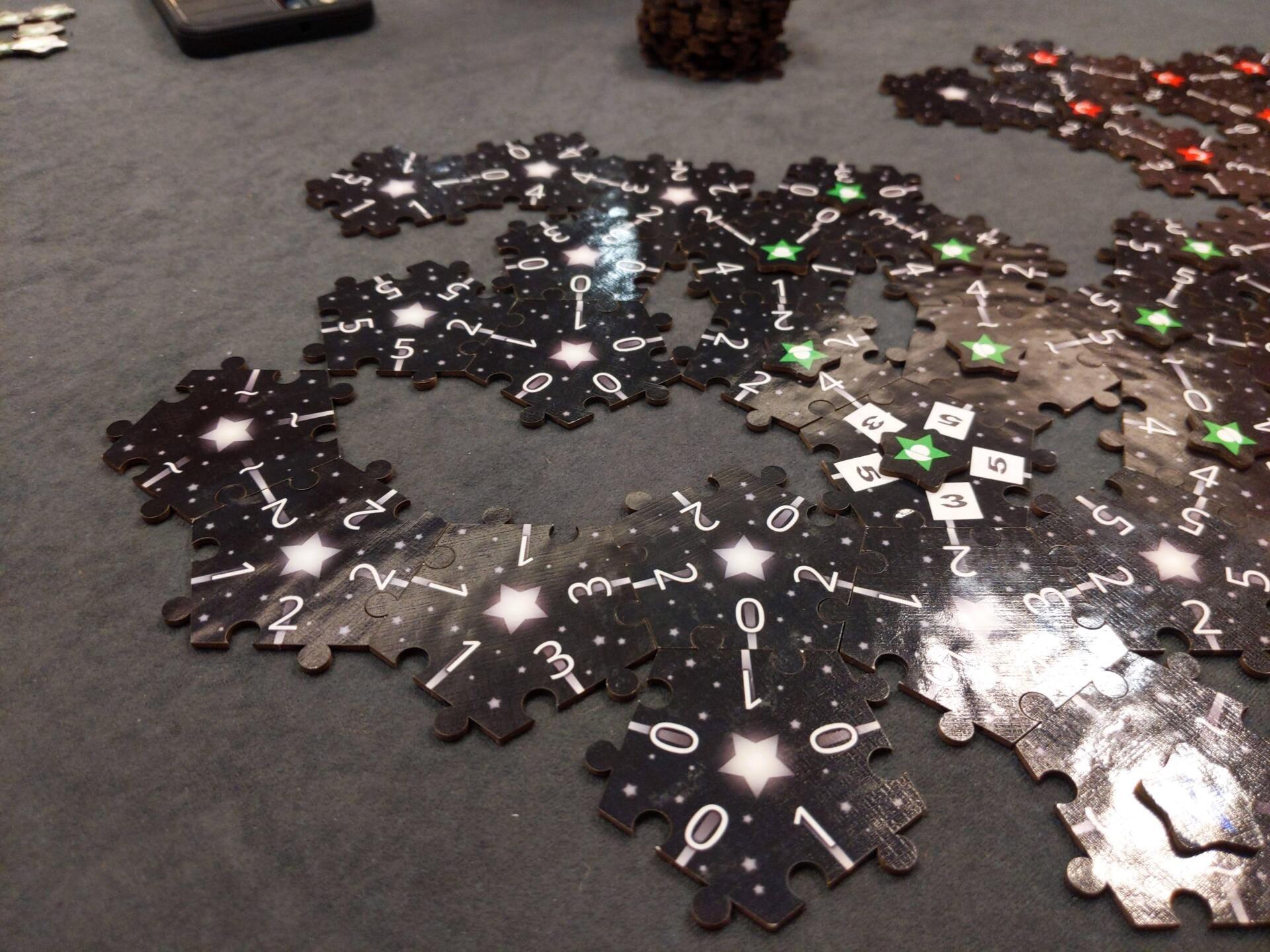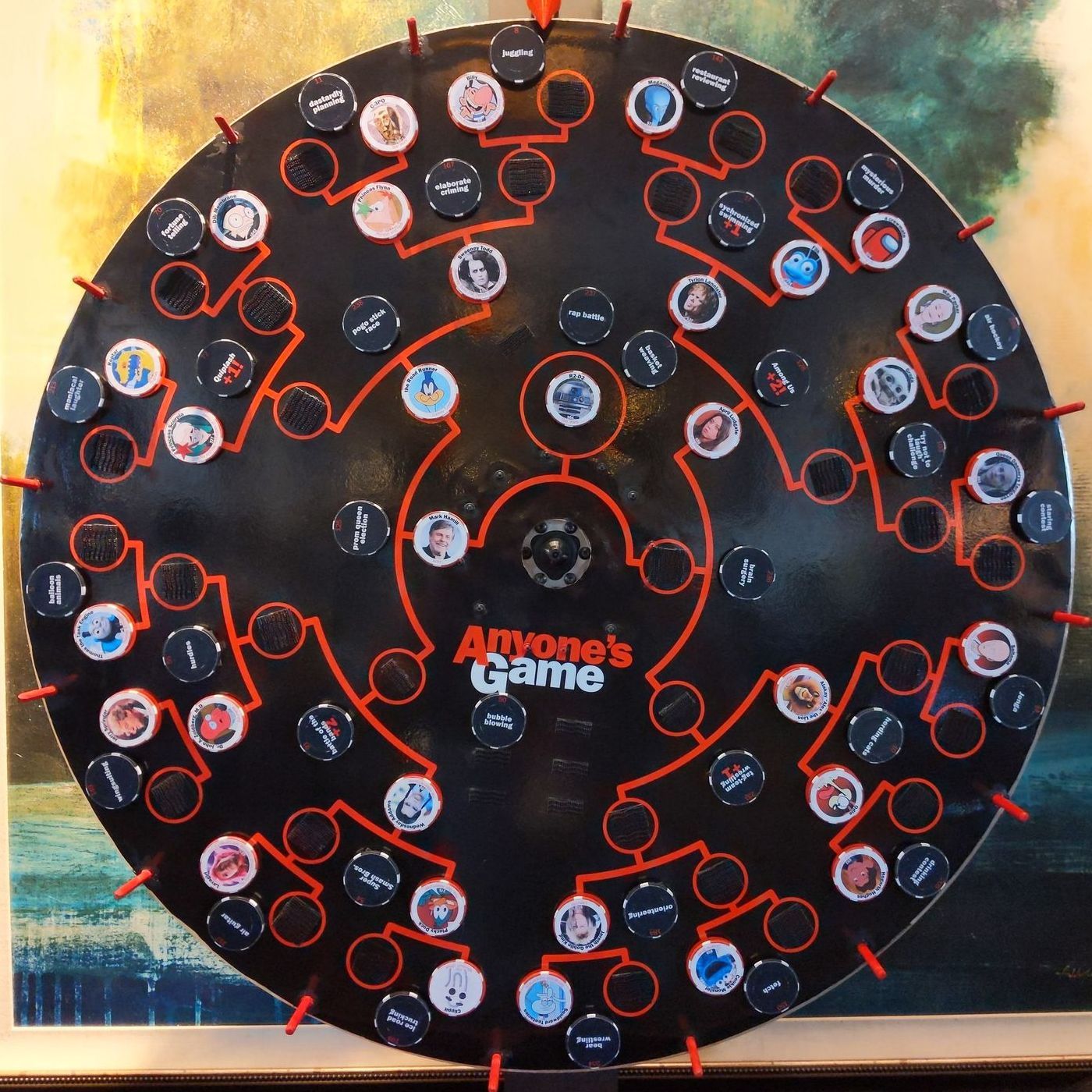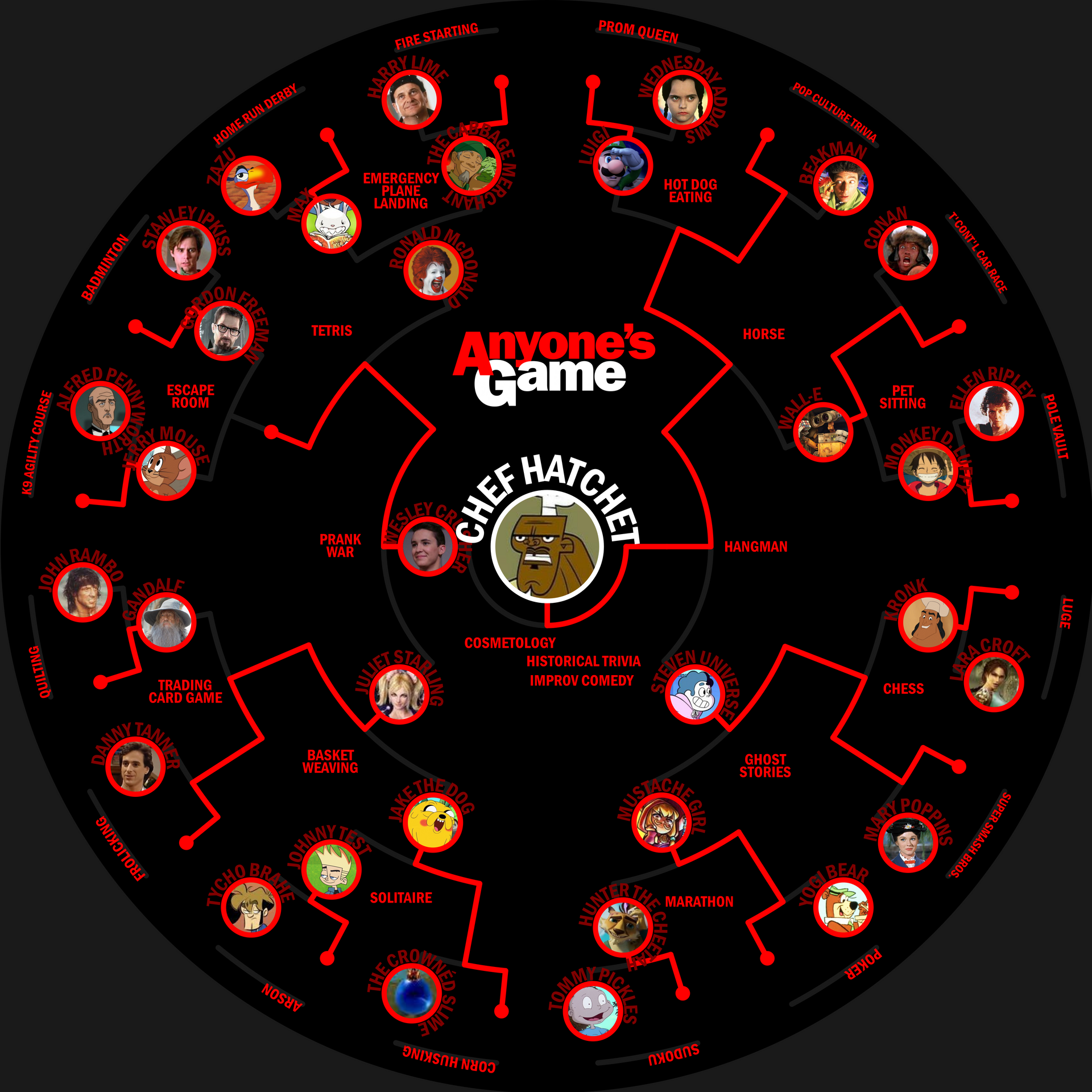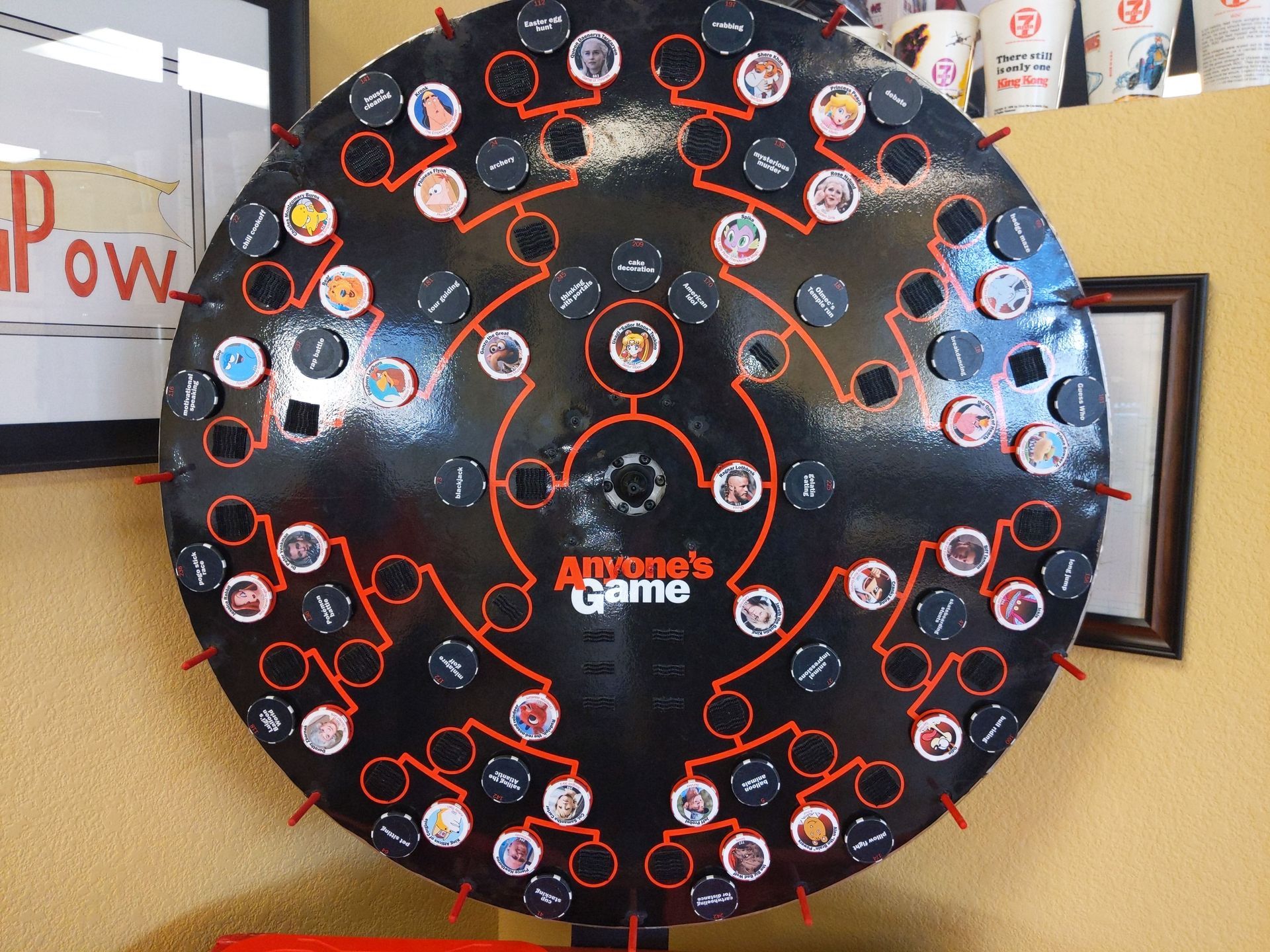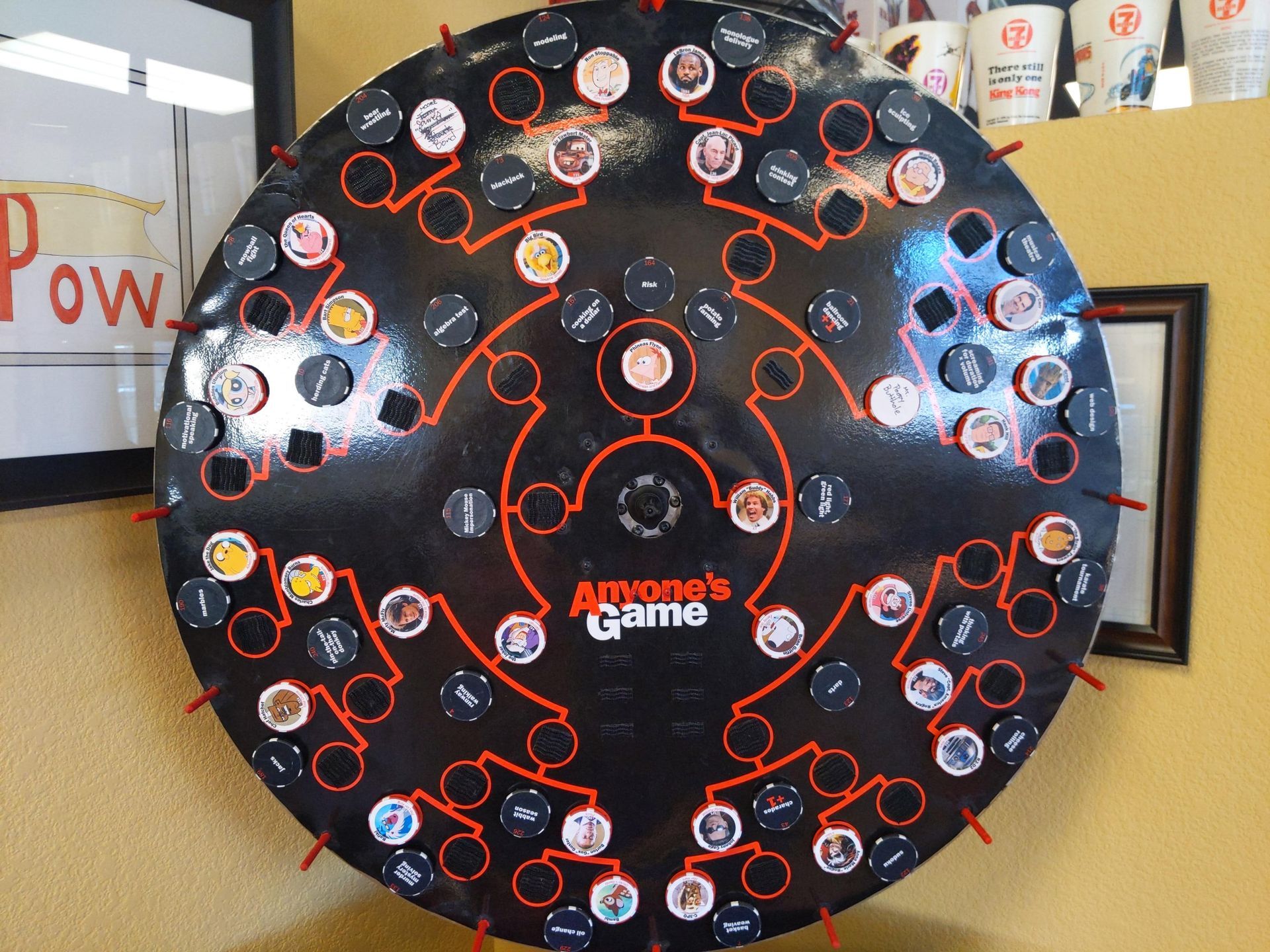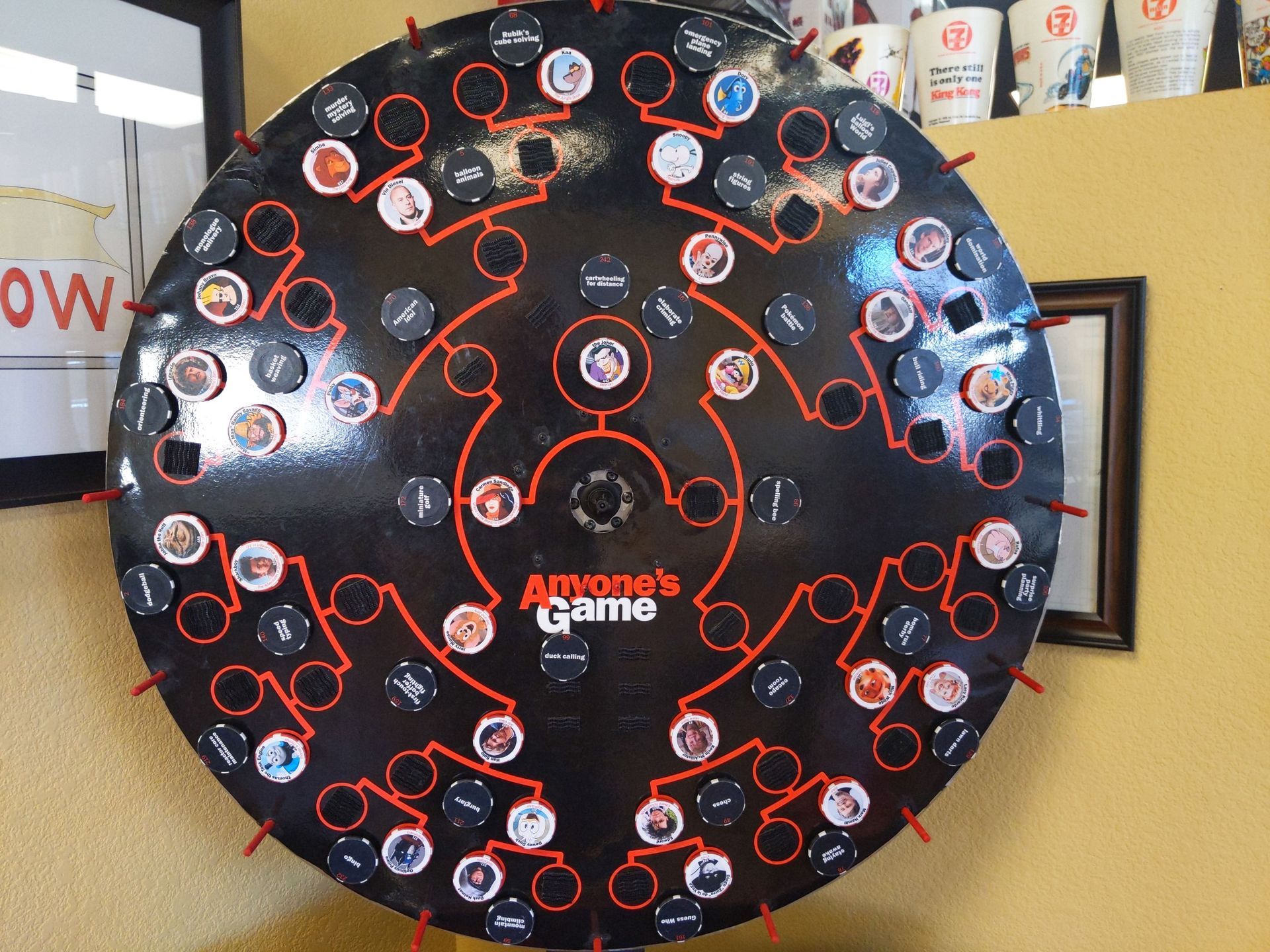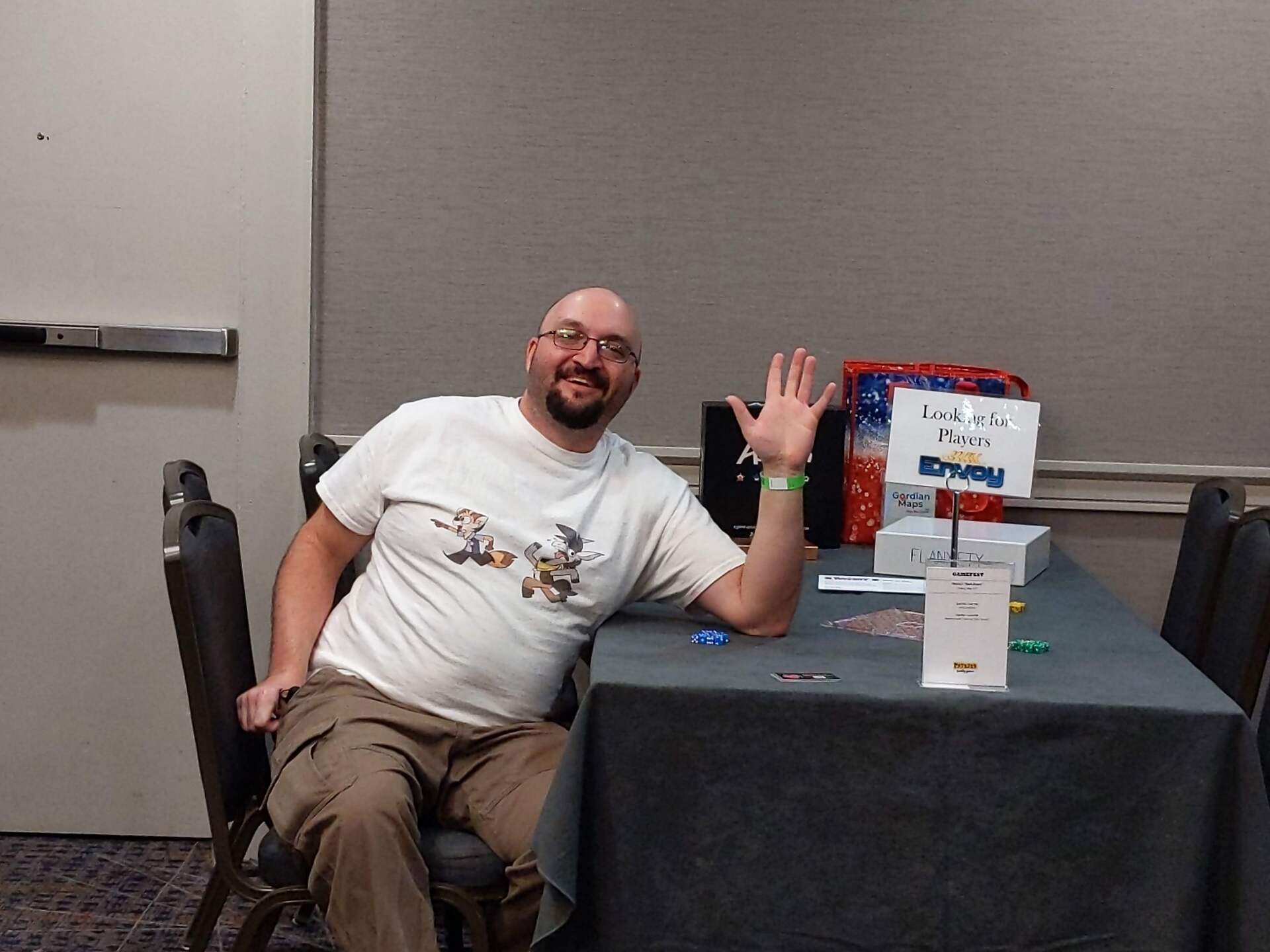Setting the Stage
October 14, 2021
A little background
I've been making games since I was about six.
Not getting them out there or published, mind you — that's a much more recent endeavor — but just making them, primarily by modifying or combining games that already existed in strange or interesting ways. A deck of item cards for Monopoly, a version of Sorry! in which players capture each other's pawns, a version of chess where pieces didn't capture but rather slid the tackled piece backward three spaces, and so on.

Most of these were pretty terrible, but that's one of the ways in which you can investigate what makes a game tick — separating the elements of its rules, rearranging them, mixing them up with other games and seeing where things improve or go awry. I found it extremely helpful as a way to study games and game systems.
My family largely found this bothersome. "Why do you keep changing the rules?" my dad and grandparents would often ask. I didn't have the vocabulary or fuller understanding that I do now, obviously, so it was difficult to articulate that I was studying and learning. It was hands-on research.
Some of my best memories as a kid come from family game nights, where myself and my grandparents (and sometimes my dad and/or sister) would sit down and play Monopoly or Scrabble or Sorry! for the evening.
It didn't really matter to me who won, as long as we played together. My family also largely found this bothersome, since most of the other players hated losing, even when there was nothing at stake, and games were seen more as a frivolous waste of time rather than a way to interact with people and the world around us.
The first time I made a game whole-cloth came in about middle school, when we were instructed to make a five-spread pop-up book. It could be anything, the teacher said, as long as it popped up when you opened it (and was school-appropriate, naturally). So my pop-up book consisted of a different game — mostly roll-and-move with various twists that added agency — on each page.
Looking back, it wasn't awful as a first go, but it definitely wasn't anything groundbreaking. Some of the spaces were on top of pop-up structures, but that's about the extent of my innovation. I was still learning, catching up on the basics of this hobby.
Getting family to play anything I came up with was a difficult proposition, so I mostly settled back into modifying existing games for the rest of my school days, occasionally dabbling in writing out some rules for game show ideas that popped into my head. But that's a topic for another time.
Serendipity
A major motivational breakthrough for me came when I was playing with Lego and building a board in the style of Mario Party to walk characters around on. Expect Mario Party to keep coming up — it's a fantastic series and I have major problems with every installment and I love it so much. Anyway, as I was messing with bricks and dice, I'd left open a 2×2 gap on the board, and as I rolled a d6 (six-sided die), it just happened to fall neatly into the gap.
Fascinated by this, I pulled the die out and tried it a few more times, my play session having taken a hard turn into exploration. The die fit neatly. Just snug enough to hold it firmly and not be jostled but not snug enough to be difficult to remove. Surely this can be utilized to make some kind of game, right? I had all this Lego and all these dice...
And a direction. Not a clear direction, but things were working together in my head and on the floor in front of me. Soon I had created a game similar in goal and action to reversi, but using dice as the playing pieces, and for up to six players.
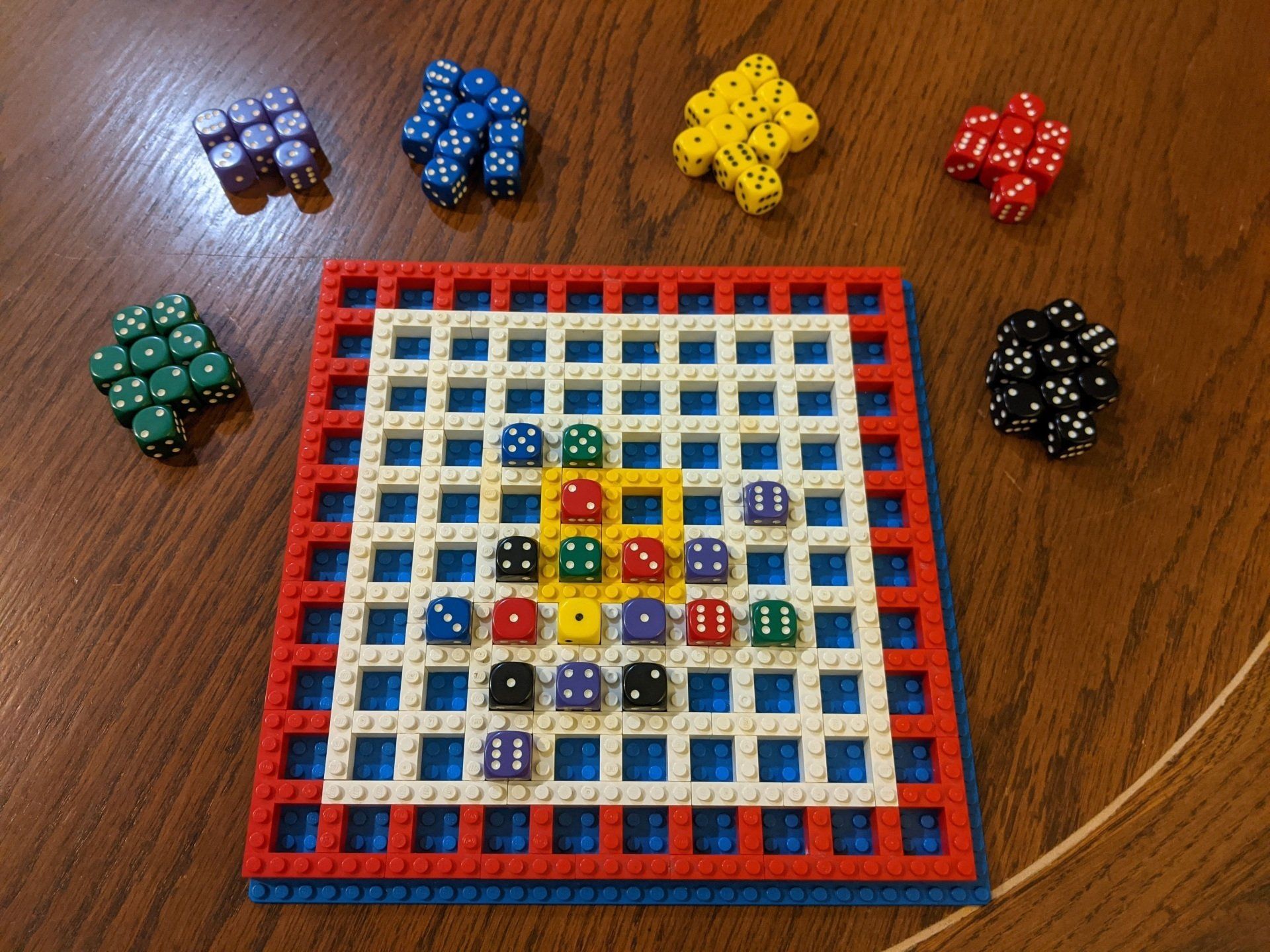
The game has grown and evolved in significant but small ways since then, but the hardest part was coming up with a name for it. It's sat around and been playtested and updated a lot over the last 13 years, and the feeling of having created something fun to play and accessible to most has kept me motivated to keep creating ever since.

